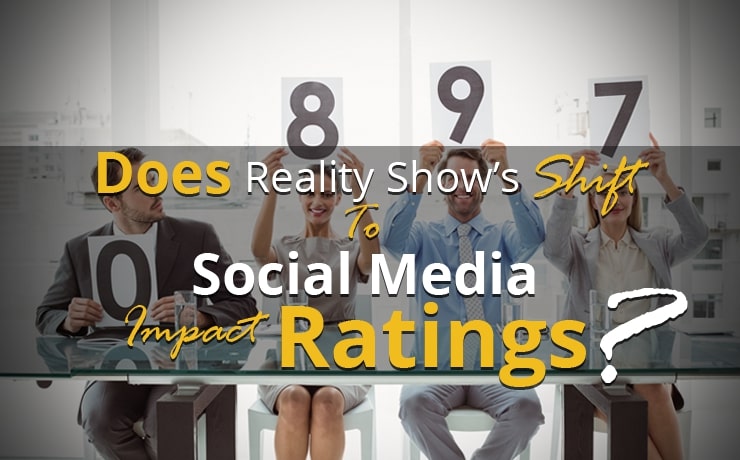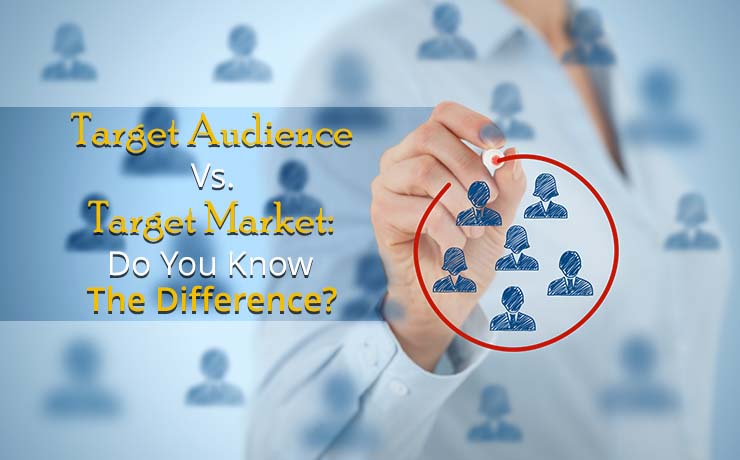Does Reality Show’s Shift to Social Media Impact Ratings?
Elizabeth Reyn

Like most people, when I stay home sick from work, I plant myself firmly on my couch, surround myself with various beverages and medicine, and watch whatever happens to be on TV. I was flipping through the channels and came across America’s Next Top Model, a modeling competition reality show that my best friend and I watched entirely too enthusiastically back in our college days. Season after season, we saw girls learn from experts in the modeling industry, face personal and professional obstacles with the challenges and their peers, and receive critique on their progress, all the while struggling to avoid elimination from the competition.
As I basked in my guilty pleasure for yet another season, I wondered how Tyra Banks managed to keep a show going for nearly 11 years and going into its 21st season since 2003. How did the creators get to this point? How could such a show manage to keep ratings high enough to continue to stay on the air? How is it currently doing in comparison to when it first started?
Let’s look into how America’s Next Top Model came to be the influential show it is today and what impact, if any, emphasizing social media had on the show.
A Popular Franchise
The first episode premiered in 2003 and since then it’s been more than just a reality show for aspiring models who want to receive a big break in the industry. Its creator Tyra Banks has created a franchise, extending Top Model to approximately 40 different countries around the world. Since 2003, its impact is widely recognized and the show has become influential on a global scale for launching the modeling careers of winners and contestants.
Embracing Social Media
Like most TV shows, interest goes up when the show is on and decreases during off-time. It wasn’t until 2012 that Top Model began to incorporate social media and fan votes as factors in the competition. This is a smart move made by producers attempting to peak viewer interest and participation with the show. They are on point with what’s important: audience engagement.
I have also noticed (through my guilty pleasure) that the focus has shifted through the cycles. After 2012, the show made branding one’s self within the modeling industry a huge emphasis. Contestants from Cycle 19 and 20 learn about marketing themselves as a brand to clients. They are judged not only by contestants but by fans throughout social media, something that has never been implemented in the show until recently.
What Businesses Can Learn From Top Model
With regards to Top Model, businesses can take away the example that making changes which might have a greater appeal towards the target audience will help keep the business popular.
The shift to focusing on social media was most likely one of the factors that helped keep ratings up during the on-season. By shifting the focus on the model through his/her unique brand instead of making the reality show just about impressing clients through a portfolio, the show has seen an increase in interest.
The models benefit from these changes as well. By learning to create and market their unique brand, they can best go out and represent themselves when they move forward in their careers after being on Top Model.
It seems that if Top Model continues shifting towards audience engagement, they will be on the air for a while. The franchise created by Banks is not likely to go away anytime soon, and the influence of Top Model will prevail at least for a few more seasons.
 Free
Consultation
Free
Consultation Free
Google Ads Audit
Free
Google Ads Audit







